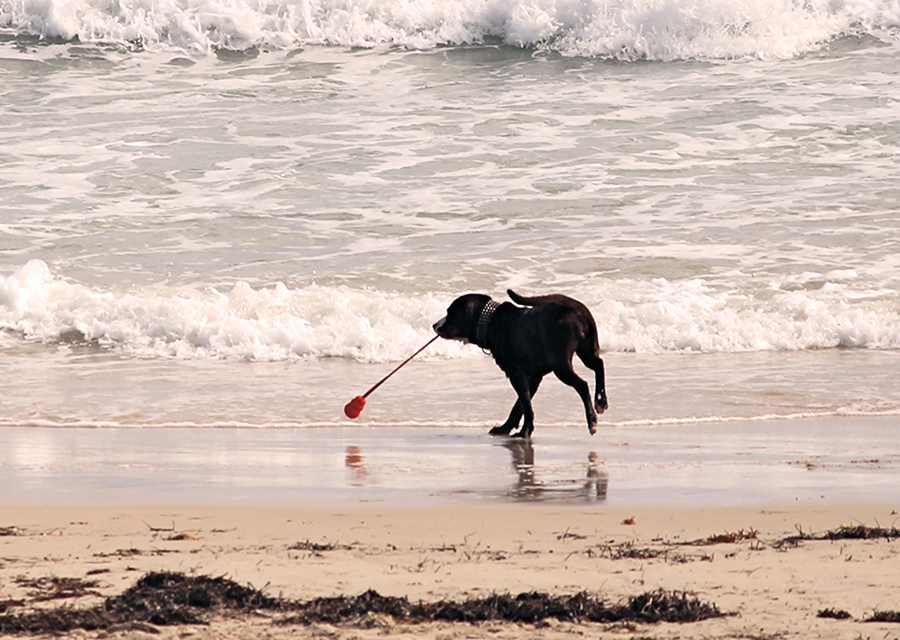The warmer months provide a great opportunity for us to get out into the sunshine with our pets! With the heat comes a few potential dangers – here are some of the more common things to be mindful of over the sum...
Read More
Category: Senior Pets
-

-
 We love to see senior pets! Dogs and cats age seven times faster than humans, so it is vitally important that your senior pet has an annual or twice annual health check.Health checks in senior pets often iden...
We love to see senior pets! Dogs and cats age seven times faster than humans, so it is vitally important that your senior pet has an annual or twice annual health check.Health checks in senior pets often iden...
Read More





